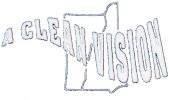Common Home Cleaning Questions
We are always researching how to do the best possible job cleaning a home – your home. We are always reading articles and blog posts on home cleaning and home cleaning products.
While conducting this research, we see people’s typical questions as they do similar home cleaning research. We, therefore, have decided to write a blog post that asks and answers the most common home cleaning questions we see.
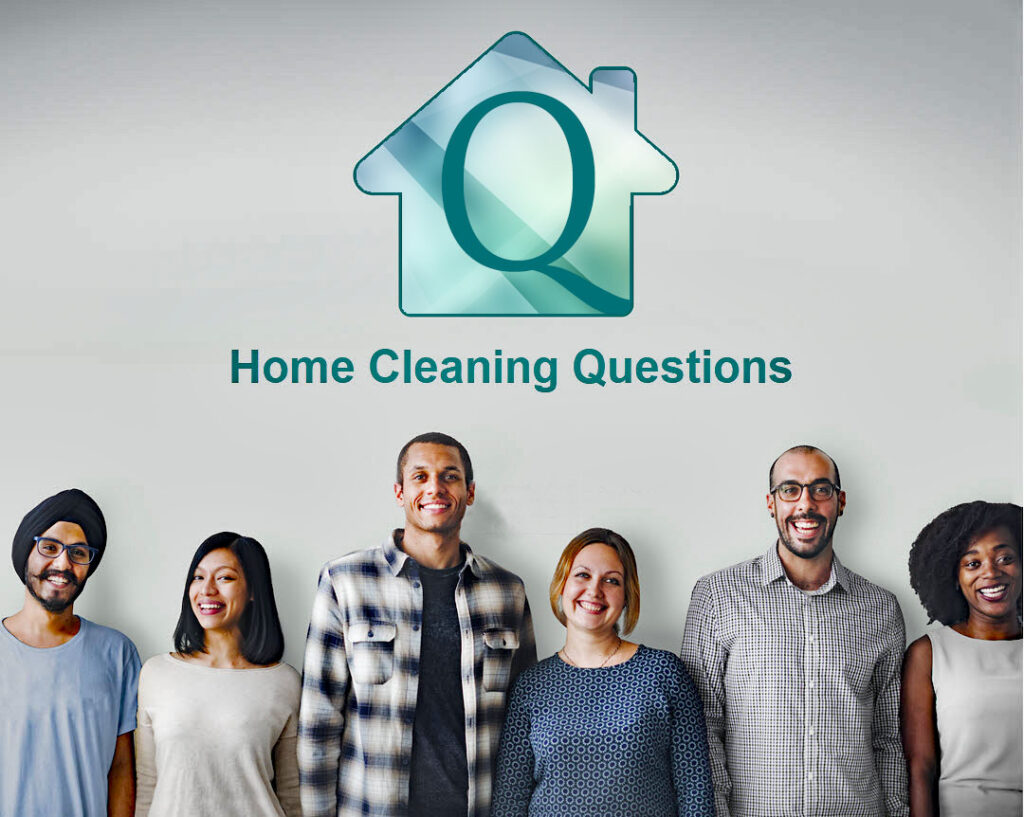
What are the dos and don’ts of home cleaning?
- Do clean before disinfecting. Cleaning means using soap or detergent to physically remove dirt and grime from surfaces. Dirt and grime on surfaces can lessen the effectiveness of disinfectants, so it’s important to clean the area with either a multi-purpose cleaner or soap and water first. Disinfectants are regulated by the EPA and must kill 99.999% of germs.
- Don’t wipe or spray disinfectants and wipe them up right away. Look at the label for instructions on how long to leave it on a surface before wiping it away.
- Do spray or wipe the area thoroughly, leaving it slightly damp.
- Don’t use vinegar as a disinfectant or anything else that the EPA doesn’t list as a disinfectant.
- Do use heat when cleaning. Heat is thought to kill the coronavirus at temperatures above 140 degrees Fahrenheit. Wash your clothes in the warmest/hottest setting recommended, and dry them completely. Wash dishes in the hottest water possible, but optimally, use a dishwasher if possible because it can wash and steam dishes. Handwashing in hot water may not be hot enough to kill the virus.
- Don’t wear shoes in the house. This brings in more dirt and germs. Remove them before coming in from outside.
- Have a dedicated area to enter when coming home, where you can leave your jacket, mail, packages, food takeout, etc. This will also reduce the amount of germs entering your home.
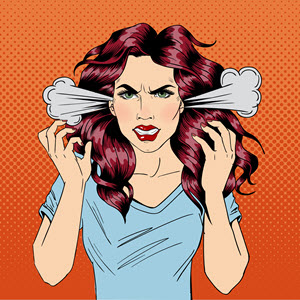
How can I stop hating the messy one in my household while cleaning?
It can be difficult to deal with messy individuals in a household, especially when it comes to cleaning. One approach you can try is to focus on the task at hand and avoid getting caught up in feelings of resentment or frustration.
You can also try to communicate your concerns and establish clear boundaries and expectations for cleaning and organization.
Additionally, it may be helpful to practice empathy and understand the reasons behind the other person’s messiness rather than just focusing on the mess itself. Finding ways to work together to keep the house clean, such as setting up a cleaning schedule or assigning specific tasks, can also be helpful.
What is the most efficient order to clean a house?
One of the most common home cleaning questions relates to home cleaning efficiency. As professional home cleaners, we are also very interested in this, as with a business, efficiency counts!
The most efficient order to clean a house depends on the specific layout of the house and the cleaning tasks that need to be done, but some general guidelines can help to streamline the process.
One approach is to start with the highest surfaces and work your way down, as dirt and dust tend to settle downward. This would mean starting with ceiling fans and light fixtures, then moving on to shelves, countertops, and other surfaces. This way, when you move on to cleaning lower surfaces, you’re not just pushing dirt around.
Another approach is to start in one room and clean it from top to bottom, then move on to the next room. This can help to avoid feeling overwhelmed by the cleaning task and allows you to focus on one area at a time.
Here is a possible order that you can follow:
- Start dusting and cleaning the ceiling fans, light fixtures, and blinds.
- Next, clean the surfaces such as shelves, countertops, and tables.
- Tackle the floors, starting with vacuuming or sweeping and then mopping.
- Clean the bathrooms, including the toilet, shower, and sink.
- Finish with the bedrooms, making the beds and straightening up.
It’s also important to remember that the above-mentioned order is not strict; it’s important to adjust the order based on your preference and the size of the house.
Our blog post on 11 Tips for Home Cleaning Efficiency may interest you.
What are the basic principles of home cleaning?
Establish a routine: Cleaning should be done regularly, and it is important to establish a cleaning schedule that works for you. This can help to prevent the build-up of dirt and grime, making cleaning easier and more efficient.
Start with a plan: Before cleaning, plan what needs to be done and how you will tackle it. This can help to make cleaning more efficient and less overwhelming.
Work from top to bottom: Cleaning surfaces and floors from top to bottom can help to prevent dirt and dust from settling on areas that have already been cleaned.
Use the right tools: Different cleaning tasks require different tools and supplies. Using the right tools and cleaning products is important to ensure you get the best results.
Focus on one area at a time: Instead of cleaning the entire house, focus on one room or area at a time. This can help you avoid feeling overwhelmed and give your full attention to each task.
Be consistent: Consistency is key when it comes to home cleaning. It’s important to be consistent with your cleaning schedule, tools, and technique to achieve the best results.
Prioritize: Prioritize the cleaning tasks based on their importance and urgency. Tackle the most important or urgent tasks first and work your way down.
Be mindful of the environment: Cleaning products can have a negative impact on the environment, so it’s important to choose cleaning products that are non-toxic and biodegradable whenever possible.
You may want to read our blog series on the Seven Habits of Home Cleaning based on the classic book The Seven Habits of Highly Effective People.
How can I remove stains from carpets and upholstery?
Removing stains from carpets and upholstery can be challenging, but some methods can help remove stains effectively and restore the appearance of your carpets and upholstery.
Here are some general tips for removing stains from carpets and upholstery:
Act quickly: The longer a stain sits, the harder it is to remove. So, try to address the stain as soon as possible.
Blot, don’t rub: Use a clean, white cloth or paper towel to blot up as much of the stain as possible. Rubbing can push the stain deeper into the fibers, making it harder to remove.
Use the right cleaning solution: Different stains require different cleaning solutions. For example, a mild detergent and water solution can effectively remove most food and drink stains, while a specialized carpet or upholstery cleaner may be needed for more stubborn stains.
Test a small, inconspicuous area first: Before applying any cleaning solution to a large area, test a small, inconspicuous area first to ensure it won’t cause any damage or discoloration.
Be patient: Stains can take multiple cleaning attempts to remove completely. Don’t get discouraged if the stain is not completely removed after one cleaning.
Here are some specific cleaning solutions to remove different types of stains:
Blood: Mix a solution of one part water and one part hydrogen peroxide. Apply to the stain and let sit for a few minutes before blotting with a clean white cloth.
Wine: Mix a solution of one-part white vinegar and one part water. Apply to the stain and let sit for a few minutes before blotting with a clean white cloth.
Coffee: Mix a solution of one-part white vinegar and one part water. Apply to the stain and let sit for a few minutes before blotting with a clean white cloth.
Ink: Apply rubbing alcohol to a clean white cloth and use it to blot the stain. Repeat until the stain is gone.
It’s important to note that the above-mentioned solutions are general guidelines; you should always check the label of the cleaning product you are using and follow the instructions.
If you try to clean your carpet without success and want to use a carpet cleaning professional, then you may find this blog post useful: Carpet Cleaning Preparation
What are the differences between cleaning, sanitizing, and disinfecting?
Cleaning: Remove clutter, dust, crumbs, and other detritus.
Sanitizing: Reduce germs and decrease the opportunity for microbes to gather by providing antibacterial solutions.
Disinfecting: Destroy germs on contact by eradicating them where they live and inhibiting their spread at the source. EPA-approved disinfectants are the only products qualified to kill viruses and bacteria, whereas sanitizers can only claim effectiveness on bacteria alone.
How can I remove mold and mildew from my bathroom?
Mold and mildew can be unsightly and have negative health effects, so removing any mold or mildew soon as they are noticed in your bathroom is important. Here are some steps you can take to remove mold and mildew from your bathroom:
Identify the source: Before removing mold and mildew, you need to identify the source of the problem. Look for high humidity and moisture areas, such as around the shower or bathtub, under the sink, or around the toilet.
Ventilate: Open windows or use a bathroom fan to increase airflow and reduce humidity in the bathroom.
Clean surfaces: Use a solution of equal parts water and white vinegar to clean surfaces where mold and mildew are present. Scrub the area with a brush or sponge, paying special attention to the grout lines. Rinse the area with water and dry it with a clean cloth.
Use a mold and mildew remover: If the mold and mildew are not easily removed with water and vinegar, use a commercial mold and mildew remover. Follow the manufacturer’s instructions and use the product in a well-ventilated area.
Repair leaks: If the source of the mold and mildew is a leak, repair the leak as soon as possible to prevent the problem from recurring.
Repeat: Repeat the cleaning process until all mold and mildew are removed.
Prevent: Once you have removed mold and mildew, take steps to prevent it from returning. Use a bathroom fan or open a window to increase ventilation, keep the bathroom clean and dry, and fix any leaks or other sources of moisture as soon as they are noticed.
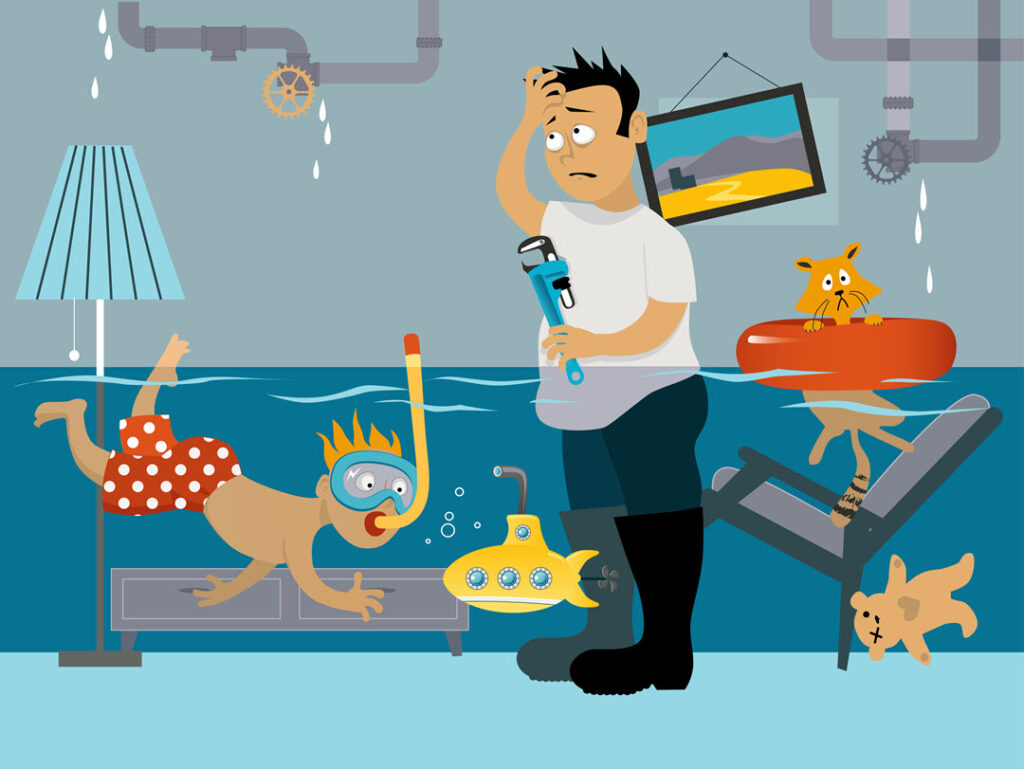
It’s important to note that some cases of mold may require professional attention, especially if the affected area is large or if you have a health condition that makes you more susceptible to mold exposure.
Are there any critical mistakes to avoid while cleaning a home?
We see this next set of Common Home Cleaning Questions as issues with people often. It seems people are sometimes confused and make mistakes.
Never Mix Bleach With Ammonia
Adding bleach to ammonia — or ammonia-containing products, like some window cleaners — can be seriously dangerous. When combined, they produce gas that can constrict breathing. The only thing you should mix bleach with is water.
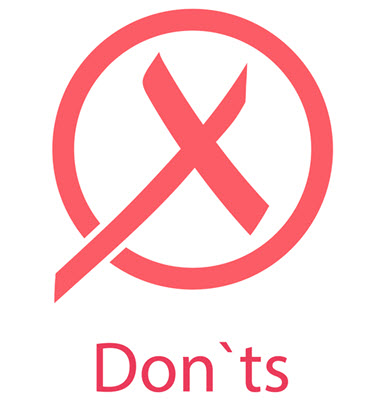
Don’t: Use Vinegar on Stone Counters
The acidic liquid can etch and damage materials like granite. Use a mild stone cleaner
Don’t: Use Laundry Stain Remover on Carpets
The stain treatment can leave a sticky residue that’s a magnet for dirt. Use a spray specifically formulated for carpets instead.
Don’t: Dust Furniture With a Dry Rag
This will move dust around and can scratch the finish. Spray a cloth with furniture polish or use a microfiber cloth or an electrostatic duster like Swiffer Duster.
Don’t: Use Bleach to Clean Rust
It will set the stain. Try a specially formulated rust-stain remover.
Summary – Common Home Cleaning Questions
These are the most common home-cleaning questions that we often are asked or come across when we do some home-cleaning research. We hope you find this Q&A blog post useful and helpful.
We can help you to gain and maintain a clean and tidy home. We have helped homeowners of the Upper Valley with home cleaning services since 1993. Call us at 802-295-6065 to learn more about what we can offer you.
